Key Features & Specifications
- Humanoid Form Factor: A compact, two-legged design with a lightweight structure for easy deployment and handling in various research or educational settings.
- High Degrees of Freedom (DOF): Typically features 24 to 26 degrees of freedom (joints), including 6 per leg and 5 per arm, enabling a wide range of expressive and dynamic movements, from stable walking to complex maneuvers.
- Powerful & Responsive Actuation: Utilizes proprietary, low-inertia, high-speed Permanent Magnet Synchronous Motors (PMSM) with advanced encoders for smooth, accurate, and powerful joint control.
- Onboard Multimodal AI: Equipped with an 8-core high-performance CPU and integrated features to support multimodal AI frameworks, including:
- Perception: A humanoid binocular camera for visual perception, depth sensing, and image recognition.
- Interaction: A microphone array and speaker for voice recognition, environmental awareness, and interactive feedback.
- Open Development & Research Ready (EDU Focus):
- Full Programmability: Unlike the basic R1 model, the EDU version is fully programmable, offering high-level and low-level development interfaces via an open SDK and ROS 2 compatibility.
- Simulation Support: Provides robot models and interfaces for mainstream simulation environments like Isaac SIM, allowing developers to test and refine algorithms efficiently.
- Expansion Dock: Includes an integrated expansion dock for adding computing power (e.g., an optional NVIDIA Jetson Orin module for GPU-accelerated AI) and integrating additional sensors.
- Dynamic Mobility: Designed with a focus on stable bipedal locomotion, capable of demonstrating walking, balancing, and dynamic posture adjustments.
- Power & Connectivity: Powered by a quick-release smart lithium battery providing approximately one hour of runtime. Connectivity includes Wi-Fi 6 and Bluetooth 5.2.
Ideal for
- Robotics & AI Education: A hands-on tool for students to learn about bipedal locomotion, control systems, computer vision, and machine learning.
- Academic Research: A versatile platform for researchers experimenting with advanced AI algorithms, human-robot interaction (HRI), and new motion control strategies.
- Developers & Prototyping: An accessible and customizable base for developers to prototype and test AI-driven applications that require a humanoid form.


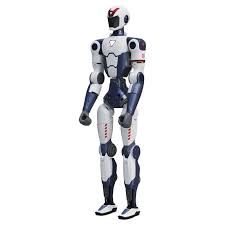
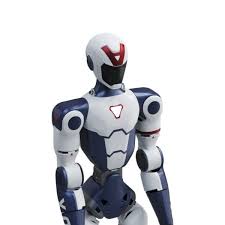
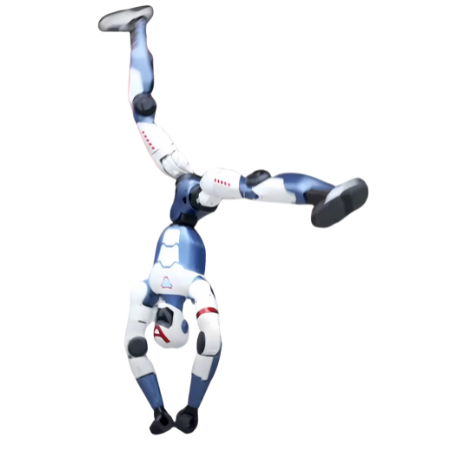
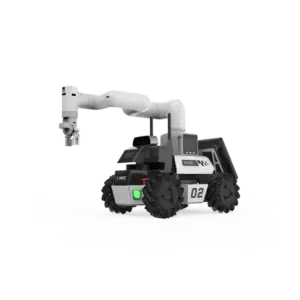
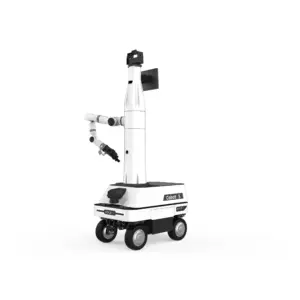
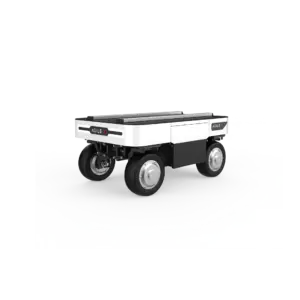


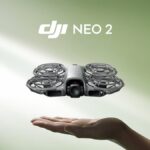


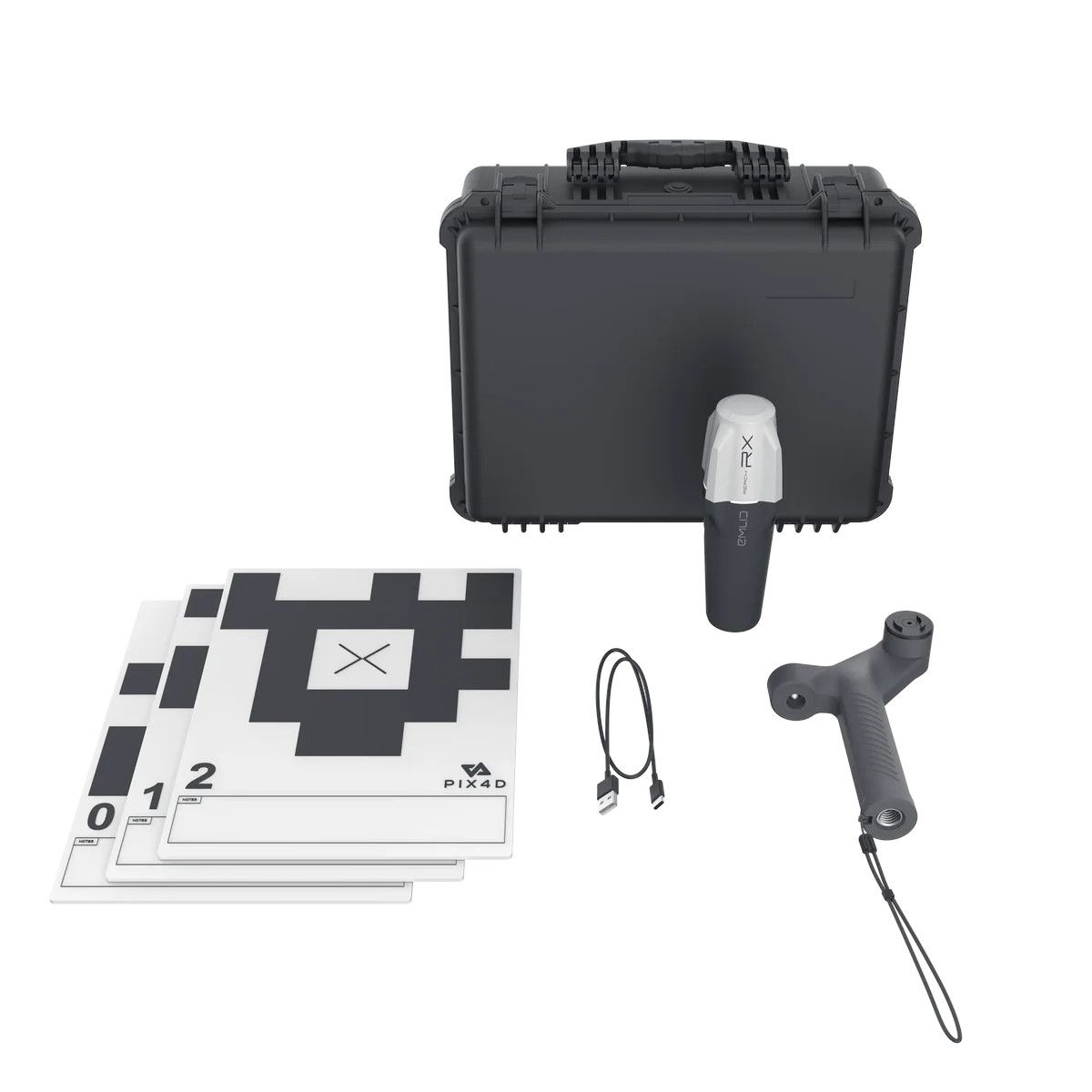
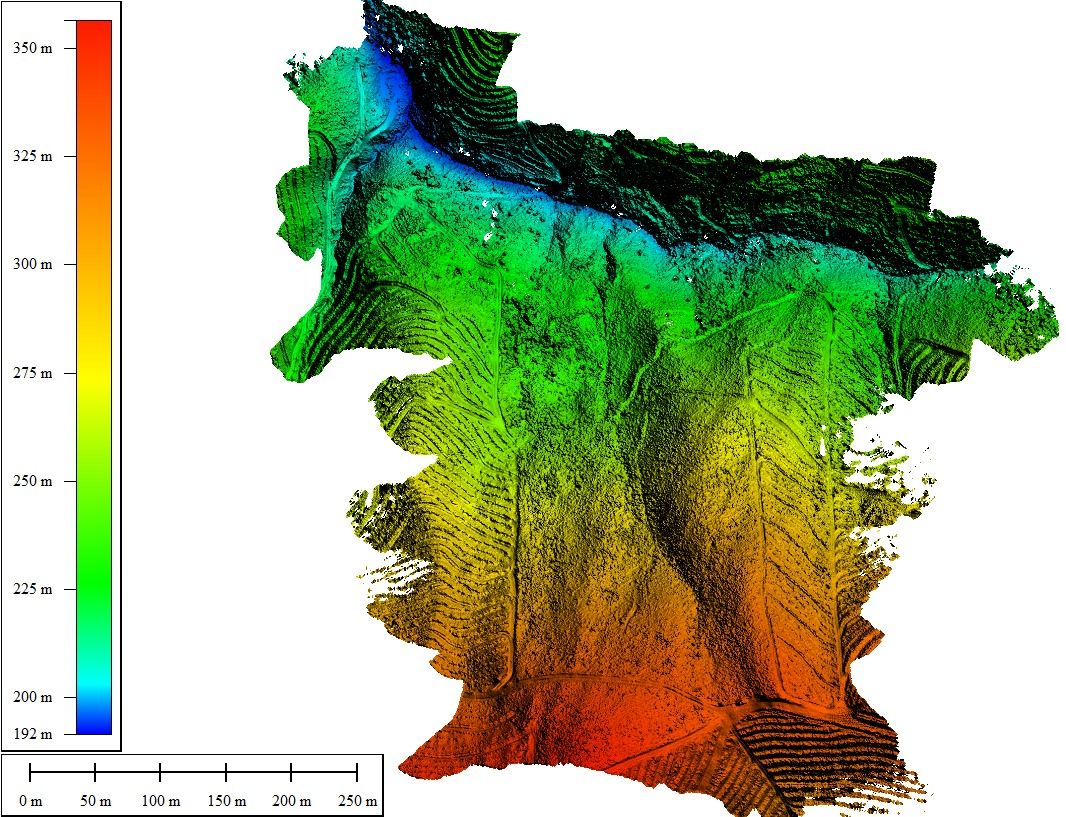

Reviews
There are no reviews yet.